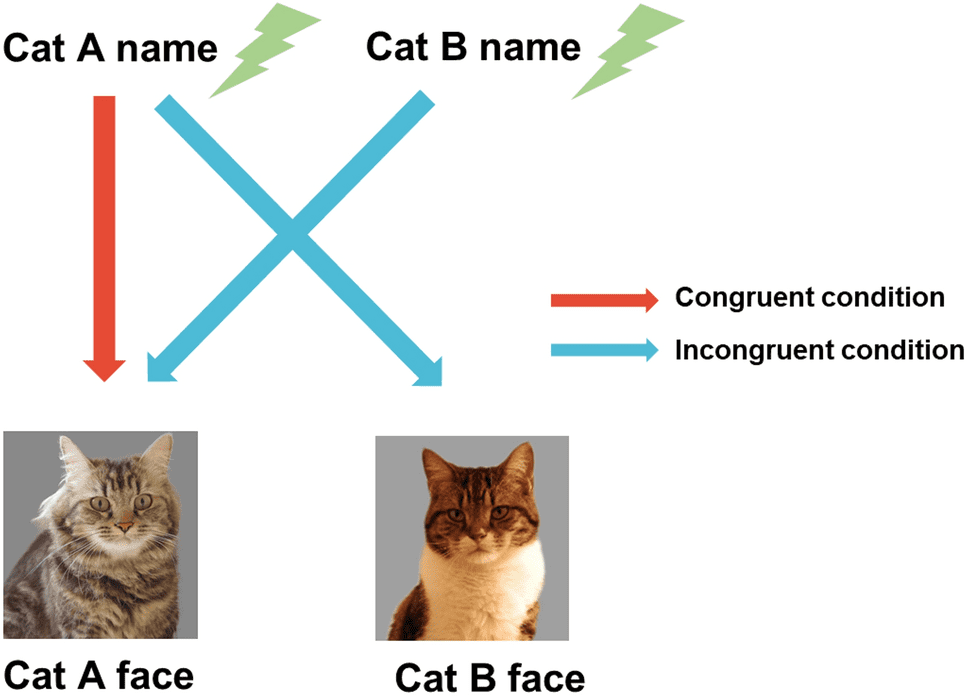Cans can understand some words, particularly their own name, even if they don’t deign to respond to it when called.
Despite their descent from the solitary Libyan wildcat (Felis lybica), the domestic cat has adapted to the close social system of a human household.
Cats are able to read and respond to human emotion — anyone who has been comforted by a cat when upset has experienced this. Cats can also follow a human’s eye gaze and finger pointing to understand where that human wants that cat’s attention directed.
Cats also recognize their owner’s voice, even with they aren’t in the room with them. Cats will also keep track of where their humans are in the house.
Do Cats Respond to Other Cats’ Names?
Researchers recently tested if cats were able to learn the name of other cats and even humans that are part of their households.
The trial was run with both household cats and with cats that live in a cat café. Cats were chosen that had lived together for at least six months and were substantially different in appearance (coat color and patterns) to make facial recognition of photos easier.
Cats in the study were presented with a picture of a cat they know while a recording played a name said by their owner. Half of the time, the cats heard a name that matched the name of the cat. For the other half, the cats heard the name that didn’t match the name of the picture of the cat.

The researchers then measured the time that the cats stared at the picture on the monitor as a measure of recognition. The researchers expected these cats that were familiar with another cats name to stare at the monitor longer when the name called and the cat picture shown were a mismatch.

The study found that household cats looked at the monitor longer in name-face incongruent situations. The café cats did not. This suggested to the researchers that household cats are able to associated human speech with specific objects. In this case, the names of their feline housemates.
The study:
Takagi, S., Saito, A., Arahori, M., Chijiiwa, H., Koyasu, H., Nagasawa, M., … & Kuroshima, H. (2022). Cats learn the names of their friend cats in their daily lives. Scientific reports, 12(1), 1-9. https://doi.org/10.1038/s41598-022-10261-5







